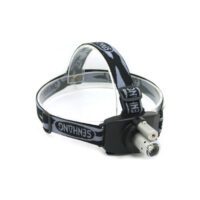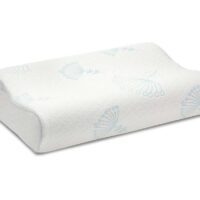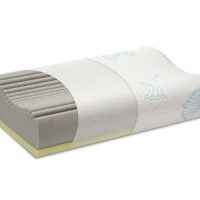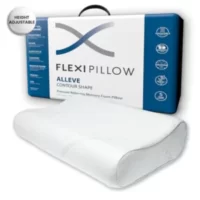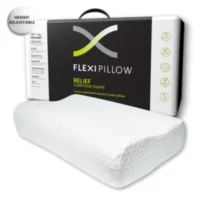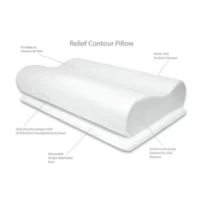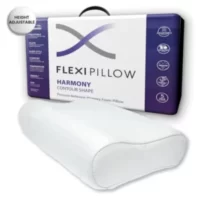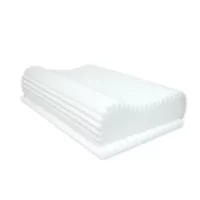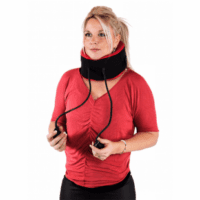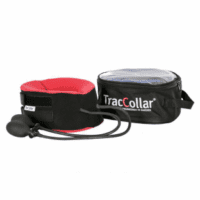Age-Related Neck Pain: A Closer Look at Its Prevalence with Age
As we journey through life, our bodies inevitably go through a myriad of changes, some more welcome than others. One common concern that seems to become more prevalent with age is neck pain. But does neck pain truly become more common as we age? Let’s explore the factors contributing to this condition and whether age plays a significant role in its incidence.
The Impact of Aging on Neck Health
Our neck, a pivotal part of the body that supports the head and enables a wide range of movement, is susceptible to wear and tear over the years. The spine, which is an integral part of the neck, undergoes changes that can lead to discomfort and pain. Conditions such as cervical spondylosis, often referred to as neck arthritis, and degenerative disc disease become more common with age. These conditions can cause pain and restrict movement.
Why Age Matters
As we get older, the discs between the vertebrae in our neck can lose hydration and elasticity, leading to decreased disc height and bulging discs. Furthermore, the wear and tear on the spine can lead to bone spurs and stiffening of the ligaments, contributing to neck pain. The cumulative effect of these age-related changes can significantly impact neck health, making pain more common in older adults.

Lifestyle Factors and Neck Pain
However, it’s not just the aging process that’s to blame. Lifestyle factors play a crucial role in the health of our neck. Poor posture, especially with the increasing use of computers and smartphones, can exacerbate neck strain. A sedentary lifestyle can weaken the muscles that support the neck, making it more prone to injury and pain. Thus, while age-related changes can contribute to neck pain, our daily habits and lifestyle choices have a significant impact as well.
Age-Related Neck Conditions
As we age, specific conditions become more prominent, directly impacting our neck’s health and comfort.
Cervical Spondylosis
Cervical spondylosis, for instance, affects nearly 85% of people over the age of 60. This condition results from chronic degeneration of the cervical spine, including the discs between the vertebrae and the joints. Symptoms can range from mild to severe neck stiffness, pain, and in some cases, nerve compression leading to numbness or weakness in the arms.
Degenerative Disc Disease
Degenerative disc disease is another condition that tends to become more prevalent with age. This involves the reduction of disc elasticity and height, leading to potential nerve pinching and spinal instability. The natural wear and tear process can also lead to osteoarthritis in the neck, characterised by the breakdown of cartilage and the development of bone spurs, which can restrict movement and cause pain.
The Benefits of Physiotherapy
Physiotherapy offers a beacon of hope for those suffering from age-related neck conditions. By focusing on specific exercises tailored to the individual’s condition, physiotherapists can help improve flexibility, strength, and posture, which are vital in managing neck pain. Techniques such as manual therapy, including massage and mobilisation, can relieve stiffness and improve blood circulation, promoting healing and pain relief.
Physiotherapy also provides valuable education on ergonomic practices and lifestyle modifications to prevent further neck strain. This includes advice on proper posture, especially when using computers or mobile devices, and strategies to incorporate more physical activity into daily routines.
By adopting a holistic approach, physiotherapy not only addresses the symptoms of age-related neck conditions but also empowers individuals to take charge of their neck health, potentially reducing the need for medications or invasive treatments. Whether it’s through therapeutic exercises, manual therapy, or lifestyle advice, physiotherapy plays a crucial role in enhancing the quality of life for those dealing with neck pain as they age.
Managing Neck Pain at Any Age
The good news is that neck pain, regardless of age, can be managed effectively. Key strategies include maintaining good posture, staying physically active, and incorporating neck-strengthening exercises into your routine. Regular check-ups with healthcare professionals, such as physiotherapists, can also provide guidance on managing neck pain and preventing further discomfort.
Conclusion
In conclusion, while neck pain does become more common as we age due to natural changes in the body, it is not an inevitable part of aging. By understanding the factors that contribute to neck pain and taking proactive steps to mitigate these risks, individuals can enjoy better neck health and reduce the impact of age-related neck pain. Embracing a healthy lifestyle, focusing on posture, and seeking professional advice when necessary can all play a part in maintaining a strong, healthy neck at any age.
Rochedale - Call 38410277
Book Online: RochedaleSalisbury - Call 32751044
Book Online: SalisburySandgate - Call 32691122
Book Online: SandgateRelated Articles
- Cervical Spondylosis and Its Treatment
- Discover how physiotherapy can alleviate symptoms of cervical spondylosis, offering strategies for pain management and improved mobility.
- The Role of Physiotherapy in Managing Degenerative Disc Disease
- Learn about the benefits of physiotherapy in treating degenerative disc disease, including exercises and techniques to strengthen the neck and reduce pain.
- Preventing Neck Pain with Proper Posture: A Guide
- This article offers practical tips for maintaining good posture to prevent neck strain and pain, emphasising ergonomic adjustments in daily activities.
- Exercises for a Stronger Neck: A Physiotherapist’s Recommendations
- Find out which exercises physiotherapists recommend for strengthening the muscles around the neck, reducing the risk of pain and injury.
- The Impact of Lifestyle Choices on Neck Health
- This article discusses how lifestyle choices, such as activity level and tech use, affect neck health and offers advice for making positive changes.
- Ergonomics for Neck Pain Relief: Setting Up Your Workspace
- Learn how to adjust your workspace for optimal ergonomics, aiming to reduce neck pain for those who work at desks or use computers frequently.
- Manual Therapy Techniques for Neck Pain Relief
- Discover how manual therapy, including massage and mobilisation, can offer significant relief for neck pain, improving flexibility and circulation.
- Navigating Neck Pain in the Digital Age: Tips for Tech Users
- Offers insights into how prolonged use of technology affects our neck and strategies to mitigate pain and discomfort.
- FAQs About Neck Pain: Answers from Physiotherapists
- Read answers to common questions about neck pain, including when to seek treatment and how to manage pain at home.



